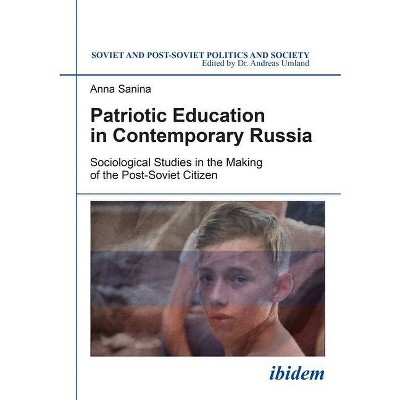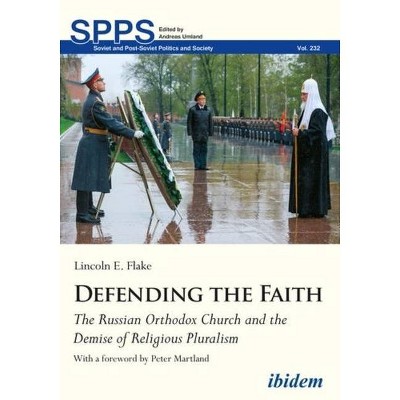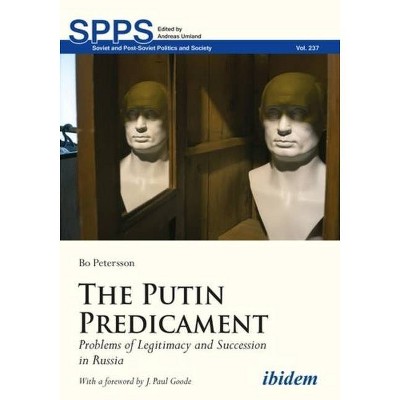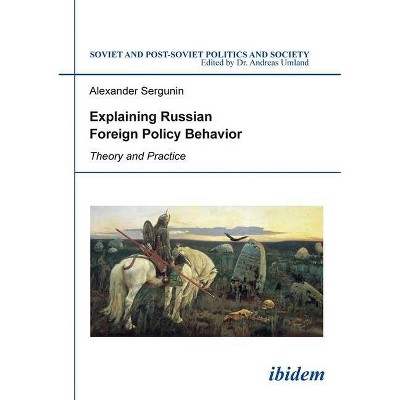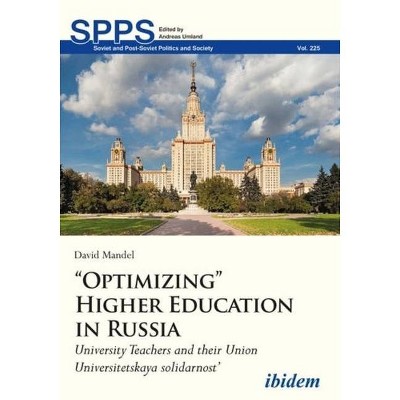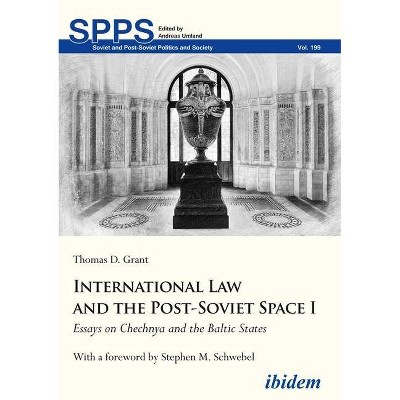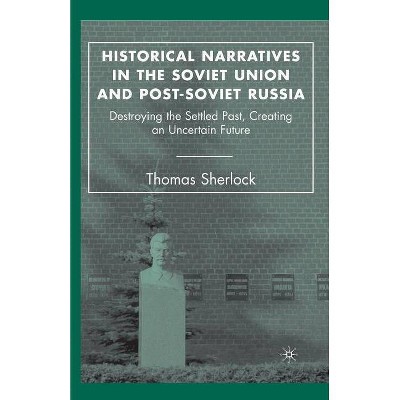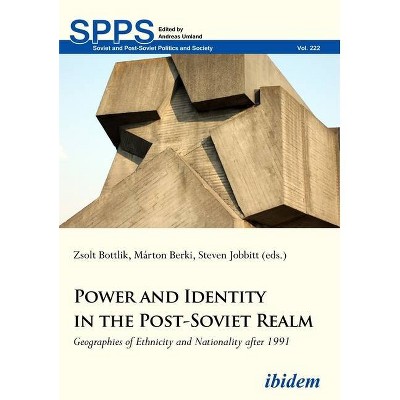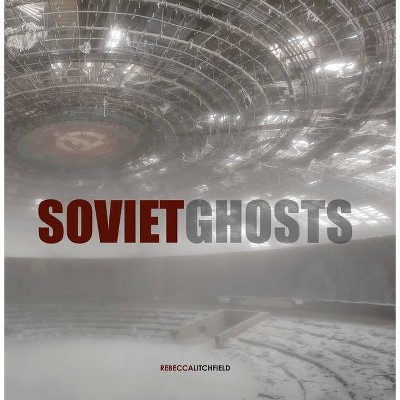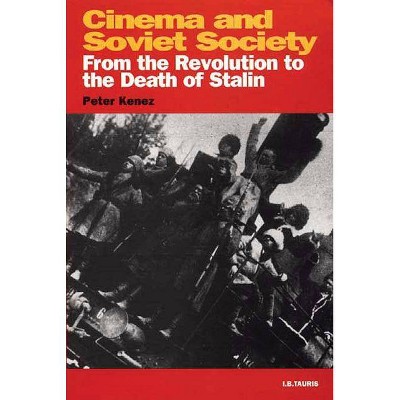Soviet and Kosher - by Anna Shternshis (Paperback)
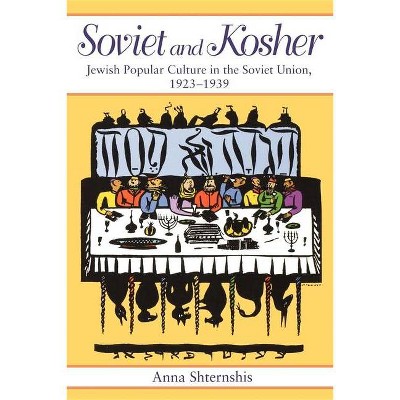
Similar Products
Products of same category from the store
AllProduct info
<p/><br></br><p><b> About the Book </b></p></br></br>More than 200 interviews conducted by the author in Russia, Germany, and the United States testify to the reception of these cultural products and provide a unique portrait of the cultural life of the average Soviet Jew.<p/><br></br><p><b> Book Synopsis </b></p></br></br><p>Kosher pork--an oxymoron? Anna Shternshis's fascinating study traces the creation of a Soviet Jewish identity that disassociated Jewishness from Judaism. The cultural transformation of Soviet Jews between 1917 and 1941 was one of the most ambitious experiments in social engineering of the past century. During this period, Russian Jews went from relative isolation to being highly integrated into the new Soviet culture and society, while retaining a strong ethnic and cultural identity. This identity took shape during the 1920s and 1930s, when the government attempted to create a new Jewish culture, national in form and socialist in content. Soviet and Kosher is the first study of key Yiddish documents that brought these Soviet messages to Jews, notably the Red Haggadah, a Soviet parody of the traditional Passover manual; songs about Lenin and Stalin; scripts from regional theaters; Socialist Realist fiction; and magazines for children and adults. More than 200 interviews conducted by the author in Russia, Germany, and the United States testify to the reception of these cultural products and provide a unique portrait of the cultural life of the average Soviet Jew.</p><p/><br></br><p><b> Review Quotes </b></p></br></br><br><p>. . . everything is illuminated by Ms. Shternshis in Soviet and Kosher: Jewish Popular Culture in the Soviet Union, 1923-1939. . . . The book blends archival data with comments from 225 men and women born between 1906 and 1930 in Russia and the Soviet Union and interviewed in New York, Minneapolis, Philadelphia, Berlin, and Moscow. Ms. Shternshis explores Yiddish-language culture, as well as portrayals of Jews in Russian-language works often created, remarkably, in Stalinist-era efforts to combat anti-Semitism.</p>-- "Chronicle of Higher Education"<br><br><p>. . . highly recommended to anyone interested in Jewish and popular culture . . . it is invaluable for scholars of Soviet Jewry and early Soviet culture.1/2009</p>-- "Ab Imperio"<br><br><p>Shternshis . . . looks at the life of the Yiddish language and Yiddish culture in the Soviet Union in the years before WW II. Jewish and Yiddish intellectual life did not automatically die with the coming of Lenin or even Stalin. Many young Jewish revolutionaries may have abandoned the world of their fathers, but they did not forsake their language. Yiddish did not disappear; ironically, it flourished in that antireligious atmosphere before the outbreak of the war that eventually led to the destruction of millions of Yiddish speakers. This well-documented study is a tribute to that Yiddish culture as it enjoyed one last nova in Europe, as Yiddishkeit and Marxism embraced each other one last time. . . . Recommended.</p>-- "Choice"<br><br><p>Soviet and Kosher is a long overdue historical study of the role of popular culture in the formation of Soviet Jewish identity in the 1920s and 1930s. With clear, appealing prose and a highly original methodology, Anna Shternshis offers a fascinating exploration of the central paradox of the early Soviet Jewish experience . . .</p>-- "Studies in Contemporary Jewry"<br><br><p>Thanks to this well-written and informative study, the Soviet-and-kosher population appears less enigmatic. In any case, one can easier understand the problems of gauging the (post-)Soviet Jewish identity by applying to it Western yardsticks of Jewishness.April 2009</p>-- "Slavonic and East European Review"<br><br><p>This sensitive rehumanization of hitherto dichotomized interpretations and constructions of 'Soviet Jewry' stands as Shternshis's most important contribution to the growing number of post-Soviet studies of the intersection of Communist and Jewish societies.</p>-- "Religious Studies Review"<br><br><p>What is indisputable 15 years after the Soviet Union's collapse is that Jews were never truly able to escape their Jewishness, as nationality was marked on every Soviet passport beginning in 1932, and state-sponsored antisemitism blocked advancement for decades thereafter. Yet Shternshis makes a strong case against assimilation as the sole driving force of the Soviet Jewish experience by unearthing the roots of the vibrant secular culture that emerged from the clash between ideology and religion. The outcome . . . may not be strictly kosher, but it is proudly and defiantly kosher style.</p>-- "Forward"<br><p/><br></br><p><b> About the Author </b></p></br></br><p>Anna Shternshis is Assistant Professor of Yiddish and Director of the Al and Malka Green Yiddish Studies Program at the University of Toronto.</p>
Price History
Price Archive shows prices from various stores, lets you see history and find the cheapest. There is no actual sale on the website. For all support, inquiry and suggestion messages communication@pricearchive.us
